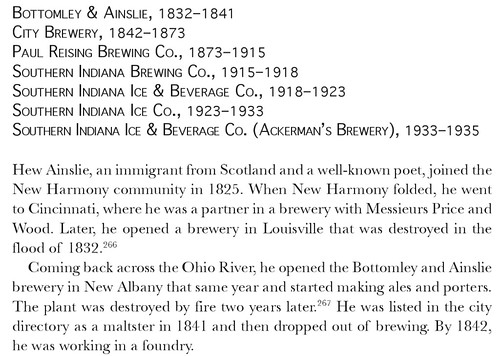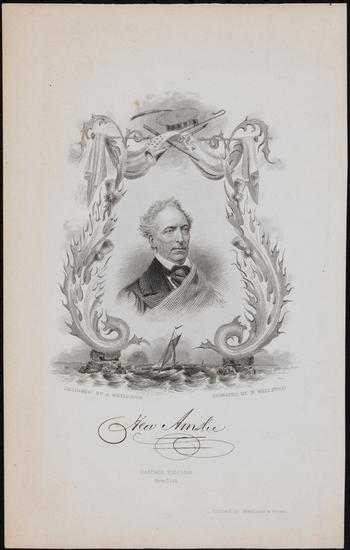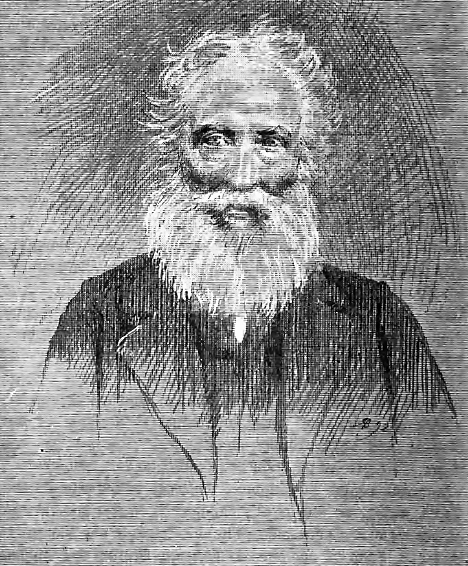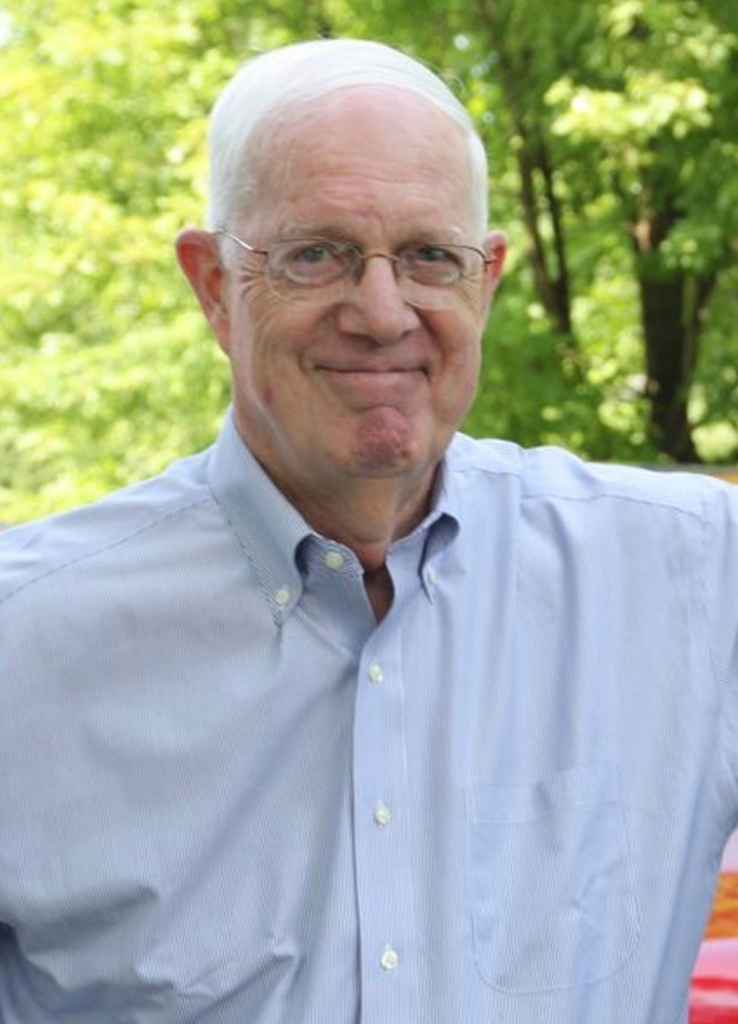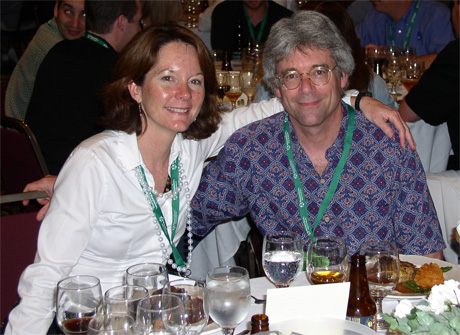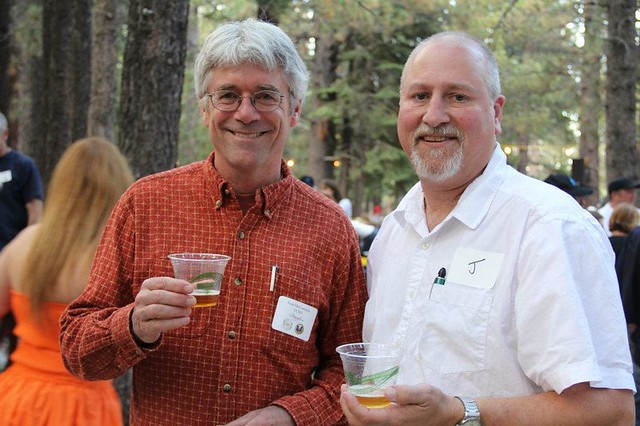
Today is the birthday of Caspar Eulberg (April 6, 1826-May 19, 1902). There’s very little information I could find about him. He was born in Kreis Westerburg, Hessen-Nassau, which was then Prussia. He married Franciska Rost, also from Prussia, and together they had ten children, six of whom were boys. At least some of them must have worked at his brewery in Galena, Illinois, because for most of its life it was called Casper Eulberg & Sons Brewery. Originally called Math. Meller Brewery when in opened in 1874, it appears Eulberg acquired it in 1885, changing the name to his own, at least until closed by prohibition in 1920. It tried to open after repeal, under the name Galena Brewing Co., but closed for good in 1936.
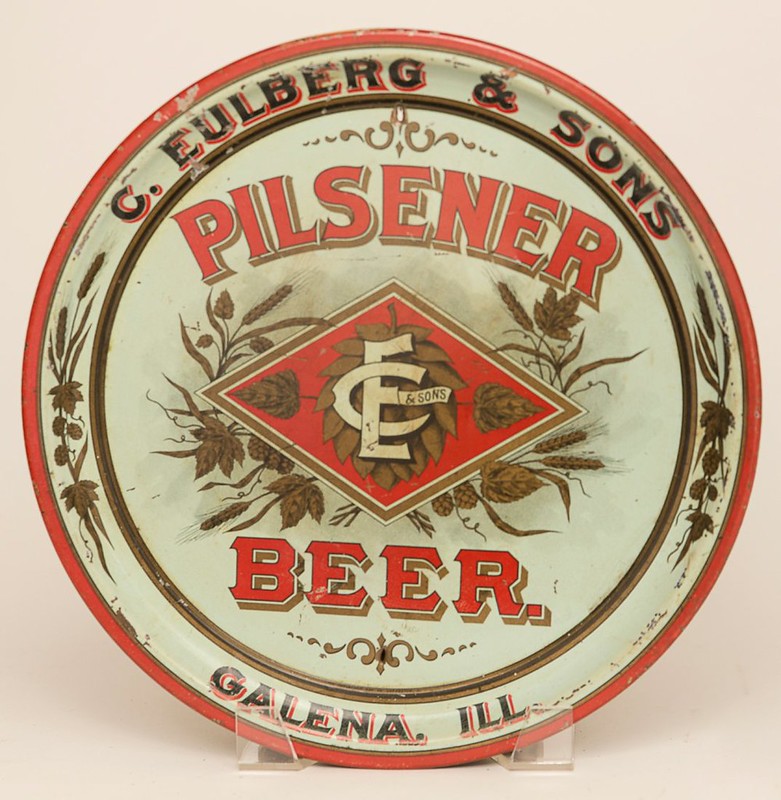
Here’s an obituary of Eulbert from the American Brewers’ Review:


This short history is from Northern Public Radio’s “This Week in Illinois History.“
On October 11, 1886, the Galena Daily Gazette reported that Casper Eulberg and his two sons had launched the Galena Brewery. Eulberg had purchased the long-operating brewery a year earlier, running it as C. Eulberg & Sons, but after only six months the entire operation burned to the ground. Eulberg rebuilt bigger and better, with modern machinery and a larger capacity. He changed the name to Galena Brewery. Within a few years, his flagship beer, Red Stripe, became one of the most popular beers in northern Illinois, southern Wisconsin and Iowa.
Red Stripe’s reign continued until Prohibition shut down the brewery in 1920. When Prohibition ended in 1933, the Galena Brewery reopened under new ownership and relaunched Red Stripe, based on the Eulberg family’s formula. In 1935, it trademarked the Red Stripe label but went out of business one year later.






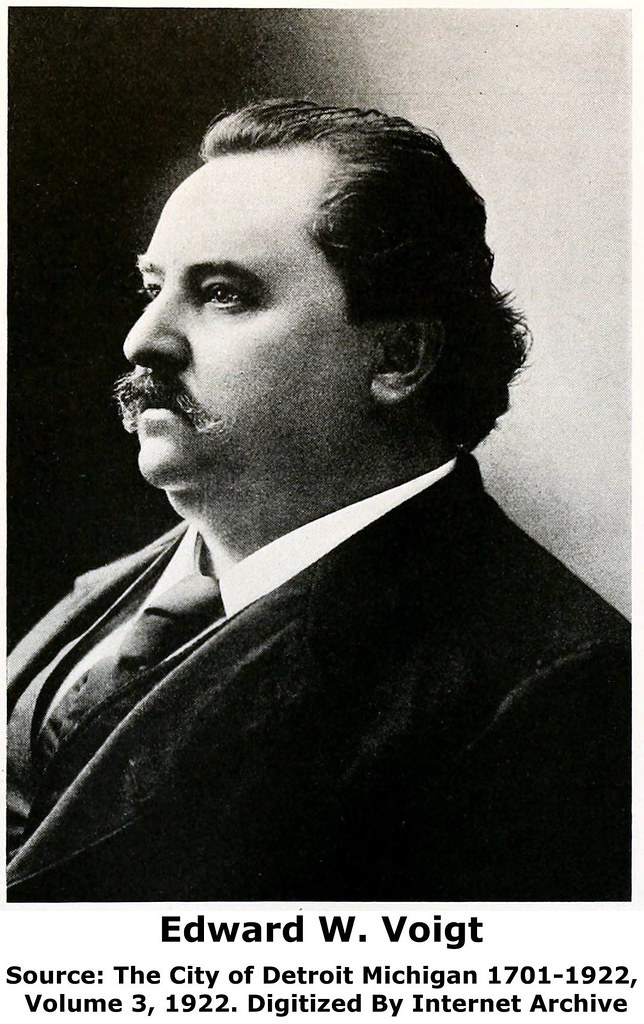
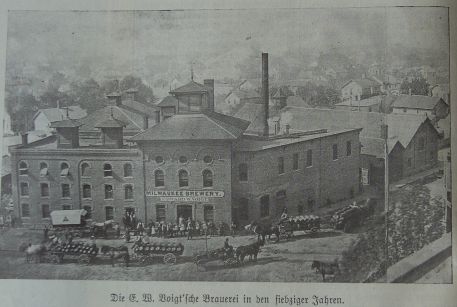
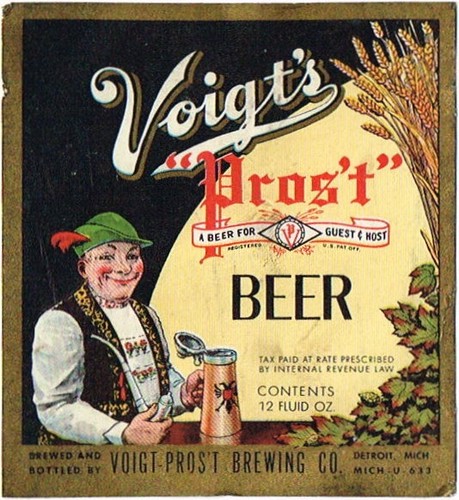
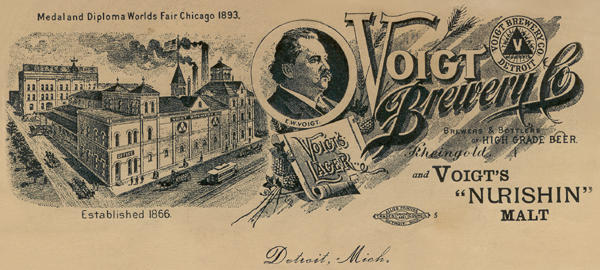
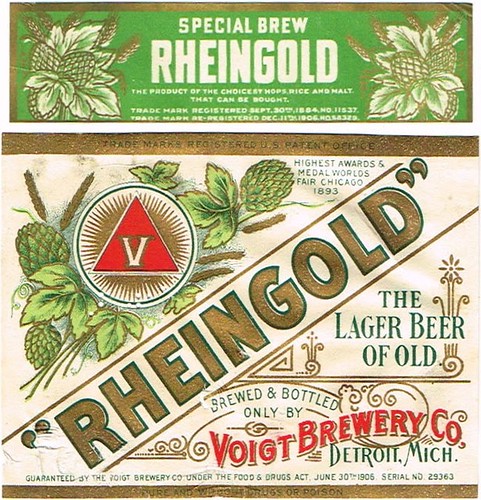
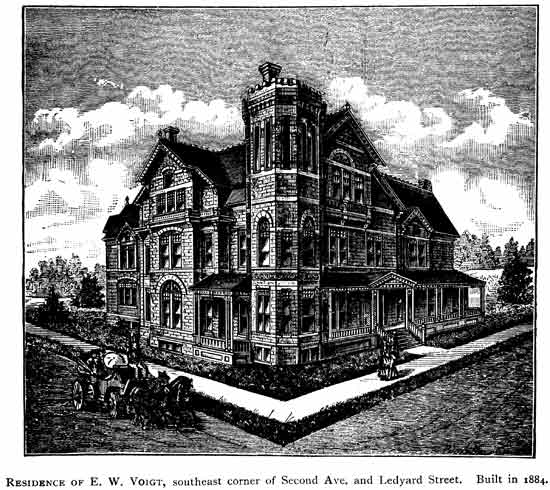

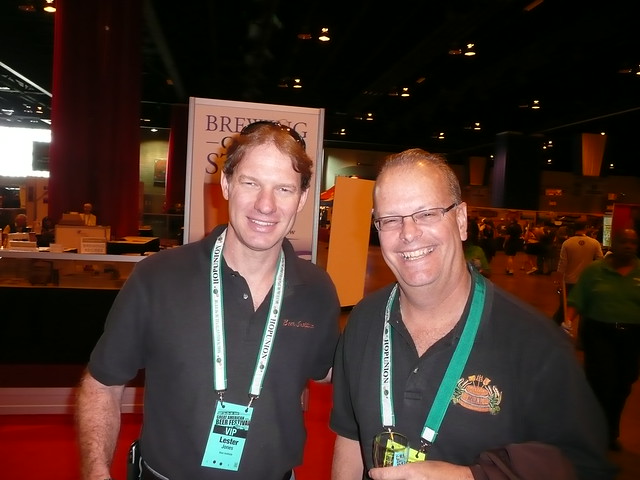
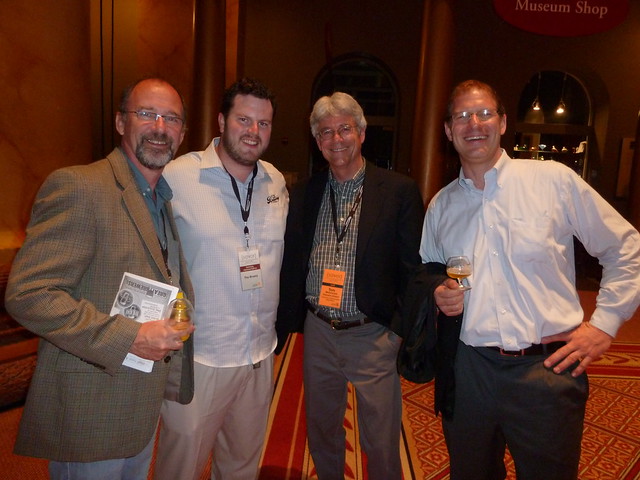
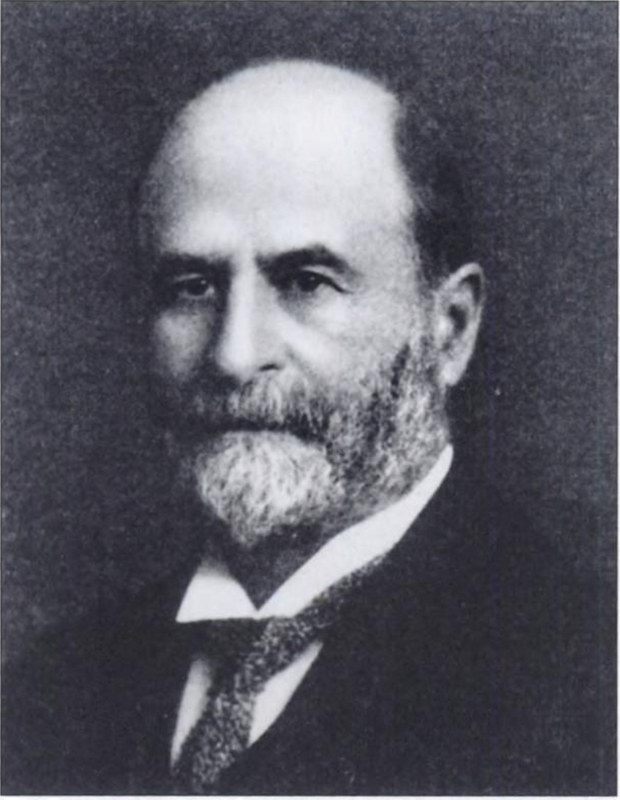
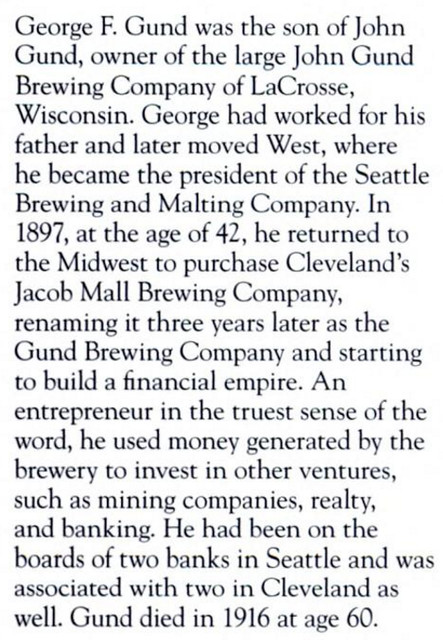
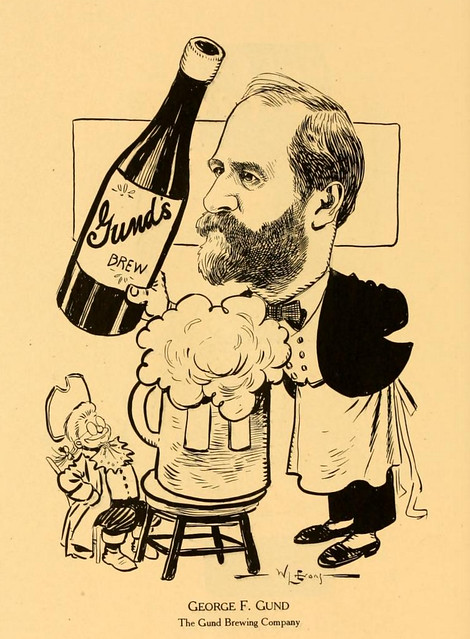
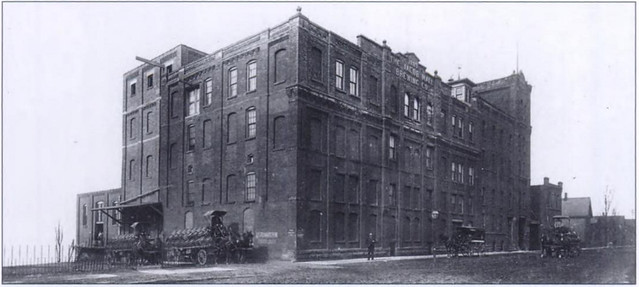

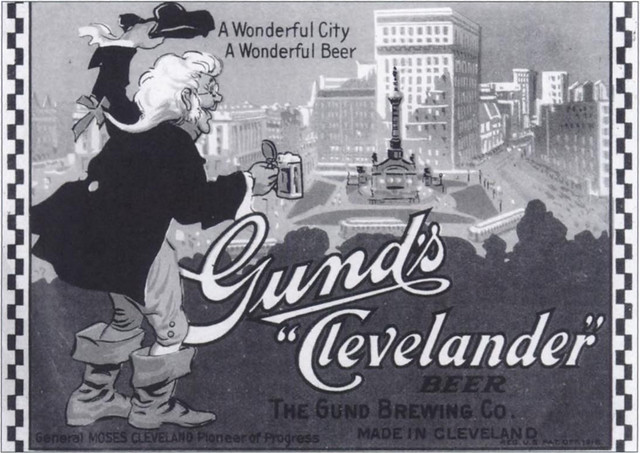
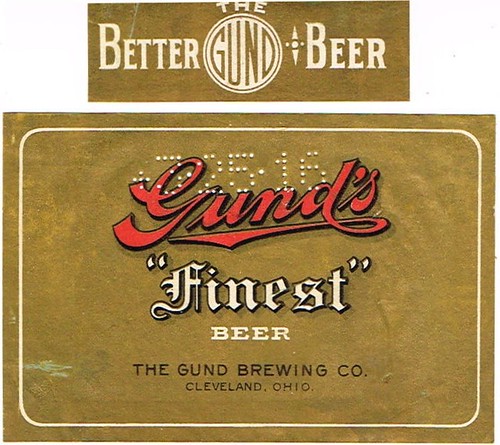

 Mitch Steele, Stone Brewing’s brewmaster, with Steve, at CBC when it was in Austin, Texas.
Mitch Steele, Stone Brewing’s brewmaster, with Steve, at CBC when it was in Austin, Texas. The Stone crew: Arlan Arnsten, Steve and Greg Koch at CBC in San Diego 2008.
The Stone crew: Arlan Arnsten, Steve and Greg Koch at CBC in San Diego 2008.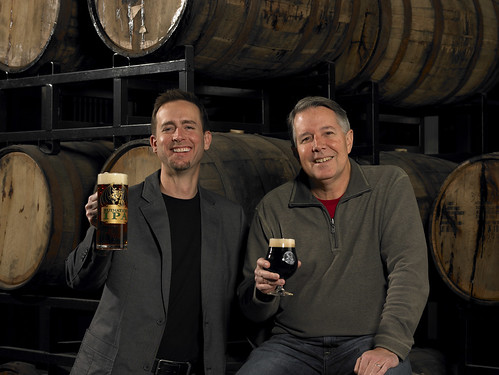
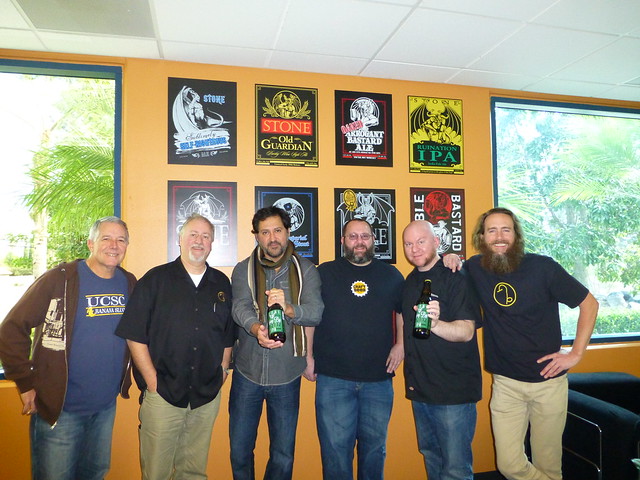 The day after we tried all of Stone’s Vertical Epic’s in San Diego; with Steve, me, Joe Tucker, Jason and Todd Alstrom and Greg Koch.
The day after we tried all of Stone’s Vertical Epic’s in San Diego; with Steve, me, Joe Tucker, Jason and Todd Alstrom and Greg Koch.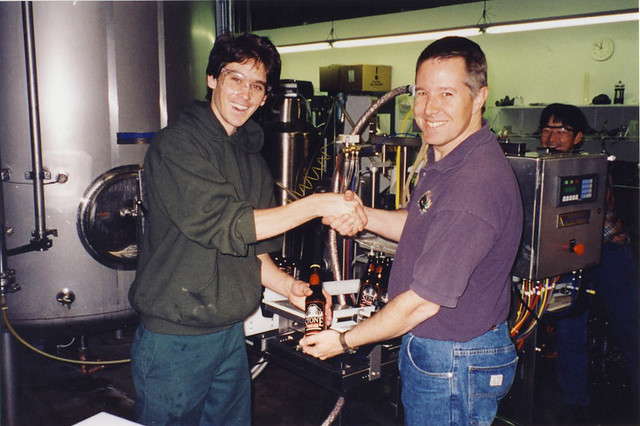 Lee Chase with Steve on April 14, 1999 celebrating their first bottling run on their then new Maheen bottler. [Note: photos purloined from Stone Brewing’s website.]
Lee Chase with Steve on April 14, 1999 celebrating their first bottling run on their then new Maheen bottler. [Note: photos purloined from Stone Brewing’s website.]




